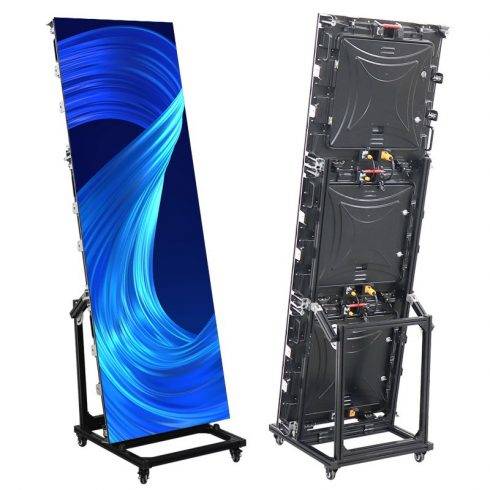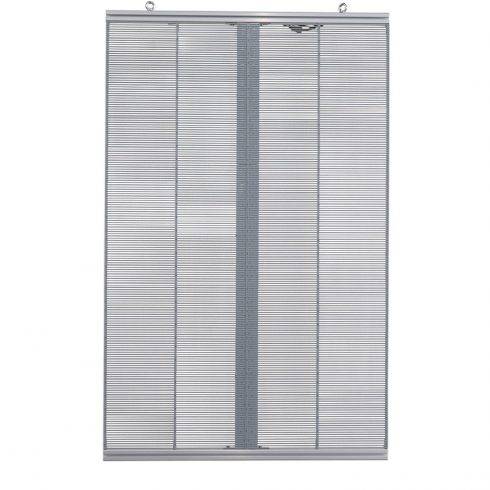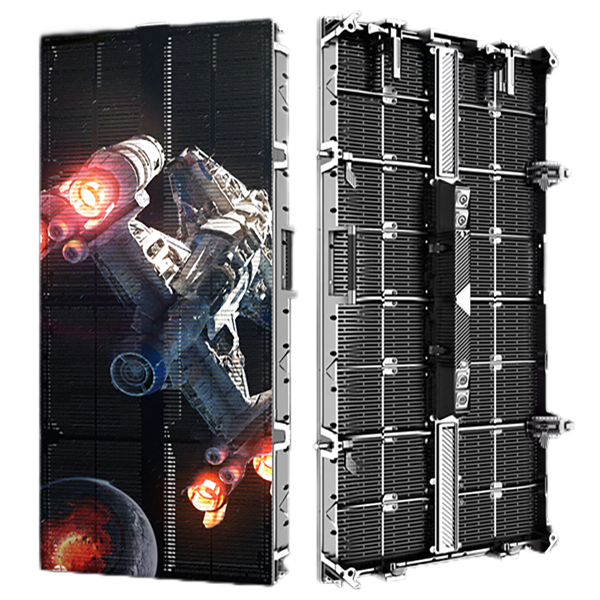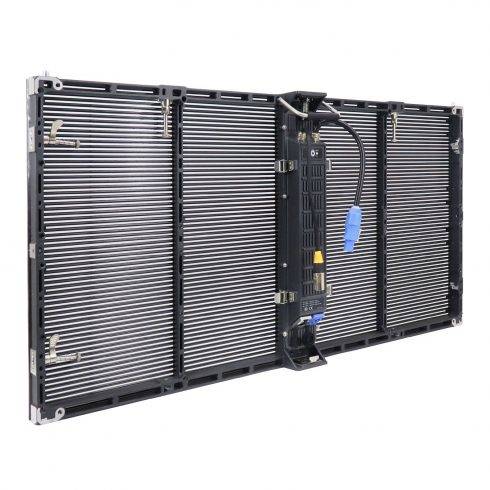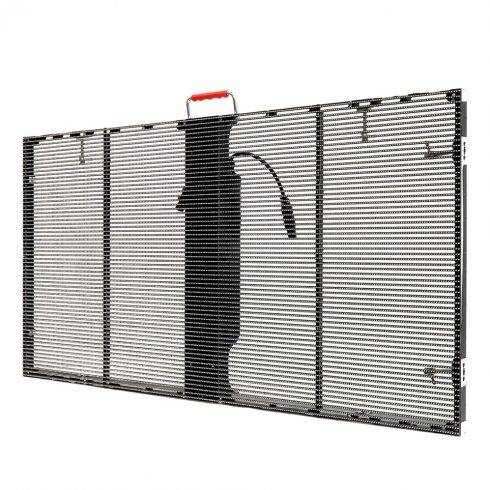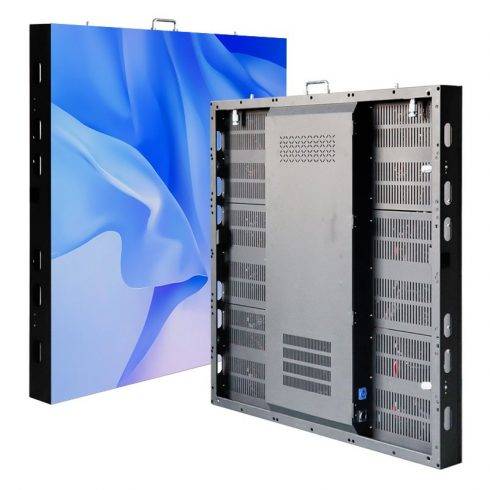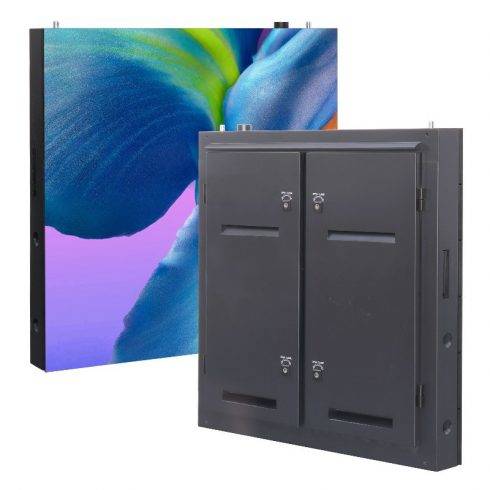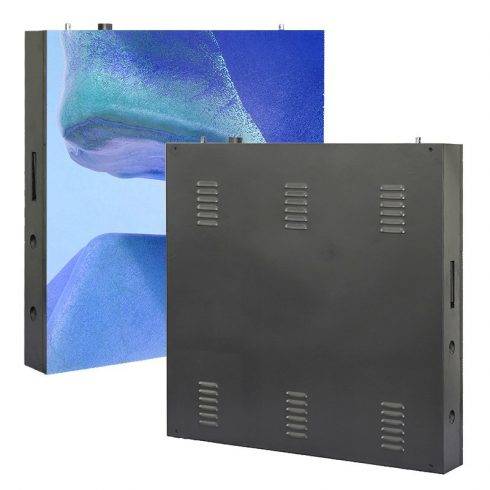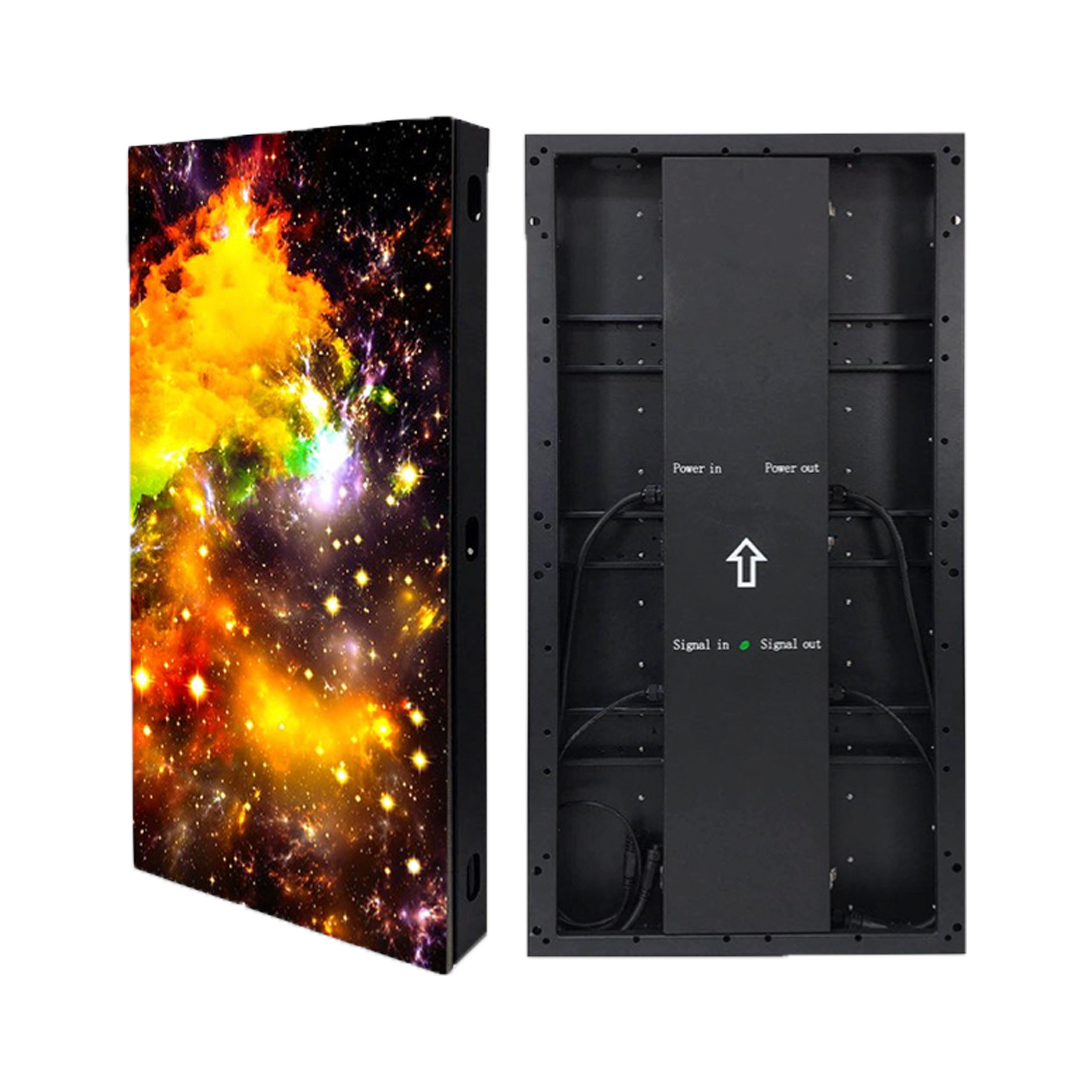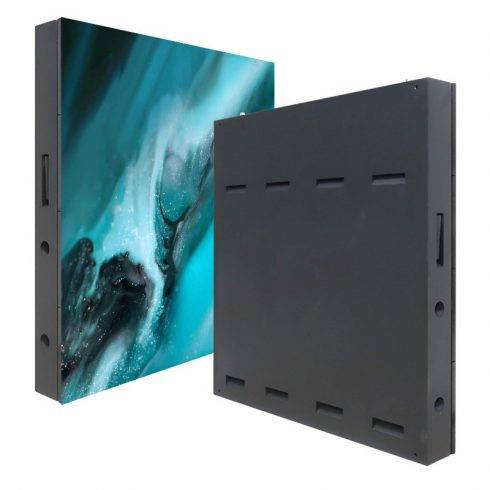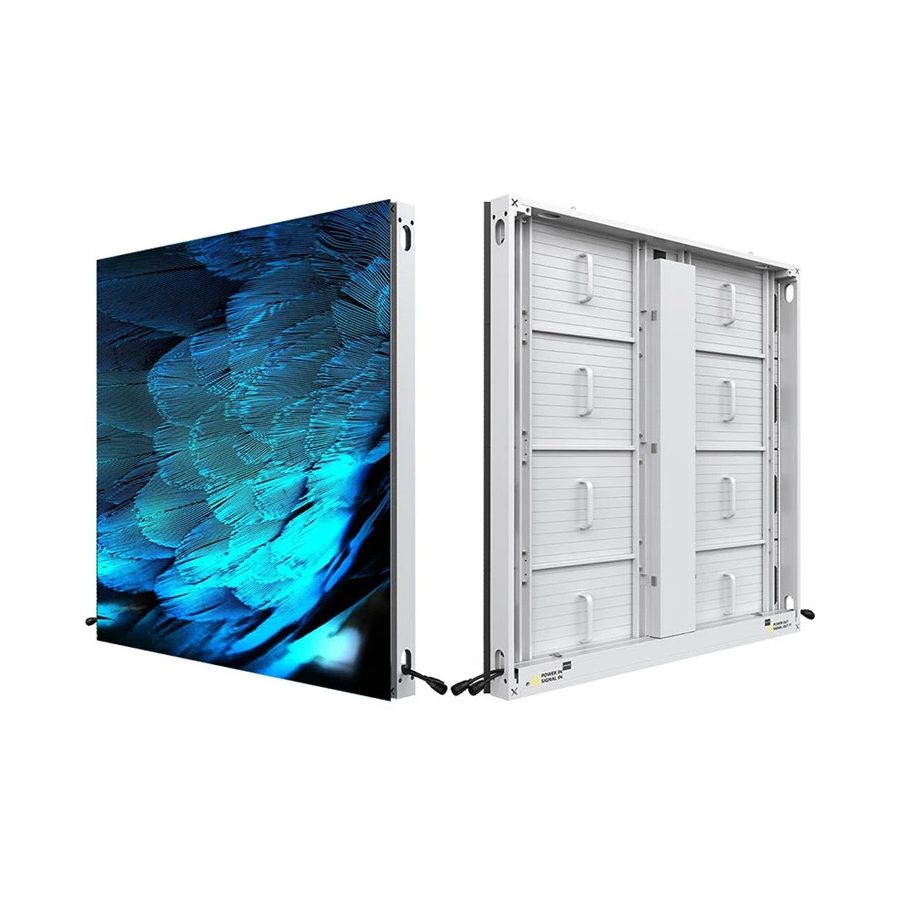LED displays have become a cornerstone of modern digital communication, revolutionizing industries from advertising and entertainment to public information systems. Central to the high-quality visuals offered by these displays are two crucial technologies: dot calibration and dot-to-dot correction. These techniques ensure that LED screens deliver consistent brightness, accurate colors, and seamless visual experiences. This essay explores the principles, importance, and practical applications of dot calibration and dot-to-dot correction in LED screens, shedding light on how they shape the vibrant displays we see today.
The Anatomy of an LED Display
Before diving into dot calibration and correction, it’s essential to understand the structure of an LED display. These screens are composed of numerous individual light-emitting diodes (LEDs) arranged in a grid-like matrix. Each LED, or “dot,” functions as a pixel and contributes to the image displayed. The quality of the screen depends on:
- Uniformity of brightness: All pixels should emit light of the same intensity.
- Color accuracy: The colors generated by each pixel must align precisely with the intended output.
- Seamlessness: The transition between pixels should be imperceptible.
Disparities in any of these aspects can lead to a subpar viewing experience, often caused by inconsistencies in the manufacturing process or the aging of LEDs over time.
What is Dot Calibration?
Dot calibration is a process that optimizes the brightness and color of each pixel in an LED display. It involves measuring and adjusting the output of individual LEDs to ensure consistency across the screen.
- Measurement: During calibration, specialized sensors measure each LED’s luminance and chromaticity. These readings help identify discrepancies in brightness or color among the pixels.
- Adjustment: Using software algorithms, the system adjusts the driving current or voltage for each LED to align its output with predetermined standards. This ensures uniform brightness and color across the display.
- Storage of Calibration Data: Once the adjustments are made, the calibration data is stored in the screen’s memory. This data is used to maintain uniformity over time, compensating for gradual changes in LED performance.
What is Dot-to-Dot Correction?
Dot-to-dot correction takes calibration a step further by addressing inconsistencies on a more granular level. This process ensures that each LED in the matrix aligns perfectly with its neighbors, creating a seamless image.
- Precision Alignment: Even minor deviations in LED placement or output can result in visual artifacts, such as banding or mismatched edges. Dot-to-dot correction minimizes these issues by fine-tuning individual pixel parameters.
- Dynamic Compensation: This technology dynamically adjusts LED performance during operation, accounting for real-time changes in temperature, voltage, or other environmental factors that might affect display quality.
- Data Synchronization: Advanced systems ensure that correction data is synchronized across the entire display, eliminating inconsistencies that could arise from variations in panel sections.
The Importance of Dot Calibration and Correction
The significance of dot calibration and dot-to-dot correction cannot be overstated, especially in applications where visual quality is paramount. These processes deliver the following benefits:
- Enhanced Visual Quality:
Uniform brightness and color accuracy are critical for creating lifelike images and videos. Dot calibration ensures that every pixel contributes to this effect. - Seamless Visuals:
Dot-to-dot correction eliminates visual anomalies, making LED screens appear as a continuous canvas rather than a grid of individual lights. - Extended Lifespan:
Proper calibration reduces the strain on LEDs by ensuring they operate within optimal parameters, prolonging the display’s lifespan. - Energy Efficiency:
Adjusting LEDs to their ideal performance levels reduces unnecessary power consumption, making LED screens more environmentally friendly. - Consistency Across Screens:
For installations involving multiple LED panels, such as large outdoor billboards or stadium displays, calibration ensures consistency across all screens, providing a unified viewing experience.
Applications of Dot Calibration and Dot-to-Dot Correction
The technologies of dot calibration and correction are integral to a variety of industries and use cases:
- Outdoor Advertising: Large LED billboards rely on these techniques to deliver vivid, high-resolution visuals that capture attention even in challenging lighting conditions.
- Broadcast Studios: Studio backdrops require precise calibration to ensure color accuracy, especially when used as backgrounds for live recordings or virtual sets.
- Sports Arenas: Scoreboards and jumbotrons benefit from dot-to-dot correction, which guarantees smooth motion graphics and legible text.
- Retail and Hospitality: LED displays in malls, hotels, and restaurants use calibration to maintain brand colors and consistent visual appeal.
- Art Installations: Digital art pieces often push the boundaries of display technology, requiring flawless color reproduction and uniformity made possible by these processes.
Challenges and Innovations
While dot calibration and correction have advanced significantly, they are not without challenges. Calibration processes can be time-consuming, especially for large-scale installations. Environmental factors such as temperature fluctuations can also affect LED performance, necessitating frequent recalibration.
However, innovations in this field are addressing these issues. Modern LED displays incorporate self-calibrating systems that use built-in sensors to perform real-time adjustments. Additionally, advances in AI and machine learning enable predictive calibration, where the system anticipates and compensates for potential inconsistencies before they become visible.
The Future of LED Display Technology
The evolution of LED displays is closely tied to improvements in calibration and correction techniques. Emerging trends include:
- Micro-LED Technology: With smaller and more densely packed LEDs, micro-LED displays demand even greater precision in dot calibration and correction.
- High Dynamic Range (HDR): HDR technology pushes the limits of brightness and color, requiring more sophisticated calibration to fully exploit its capabilities.
- Flexible and Transparent Displays: As LED screens become more versatile, calibration processes will need to adapt to unconventional shapes and materials.
- Sustainability: Eco-friendly calibration methods that minimize energy consumption and extend screen lifespan will become increasingly important.
Conclusion
Dot calibration and dot-to-dot correction are the unsung heroes behind the dazzling visuals of modern LED displays. By ensuring pixel-level precision in brightness, color, and alignment, these technologies transform LED screens into powerful tools for communication and creativity. As display technology continues to evolve, innovations in calibration and correction will play a pivotal role in shaping the future of digital visuals, making them more vibrant, efficient, and immersive than ever before.








